detail profile masakazu tamura
Peran Yang Di Mainkan Masakazu Tamura
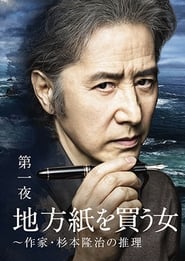 A man and a woman committed...
A man and a woman committed...The Woman Who Took the Local Paper 2016
A man and a woman committed double suicide in Kanazawa City. Immediately after the incident, Yoshiko Shiota, a woman living in Tokyo, contacts the local newspaper of Kanazawa, saying she wants to read the novel serialized in it by Ryuji Sugimoto. How did this woman know the novel is serialized in the newspaper? And why does she want to start reading it in the middle of the story? Which article was she actually interested in? Sugimoto cannot help making his own investigations about Yoshiko, but the more he searches, the more astonishing facts come to light...
 At the end of World War...
At the end of World War...Kogoro Akechi vs Kaijin Nijyuu Menso 2002
At the end of World War II, a secret human experiment was being conducted in Manchuria, which was in the sphere of influence of the Japanese military. One man's face was to be transformed into that of a completely different person through plastic surgery. Shortly after operation, Japanese military facility where the man was staying was involved in a battle and collapsed, and he disappeared. In 1948, a letter of warning from the Twenty Faces was posted on the wall of the Japanese Museum. The notice read, “All national treasures will be taken away. The police, aware of the warning letter, rush to the Japanese Museum...
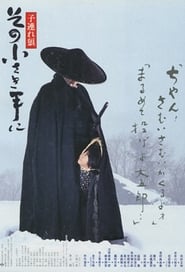 A noble samurai serving the Shogun...
A noble samurai serving the Shogun...Lone Wolf and Cub: The Final Conflict 1993
A noble samurai serving the Shogun as 'Kogi Kaishaku-nin' (Official Executioner) is the target of a plot by the evil Yagyu Clan to take away his position and replace him with a member of their own family. When his wife is murdered and evidence is produced that he was plotting against the Shogun the Code of Bushido calls for him and his son to commit sepuku. Instead he defies the Shogun's orders and takes up arms against his enemies, becoming an assassin for hire.
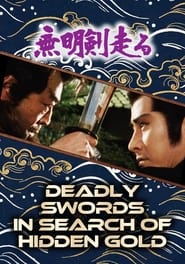 The secret map of the treasure...
The secret map of the treasure...Deadly Swords in Search of Hidden Gold 1983
The secret map of the treasure of Kenzan was stolen out of the house of a former soldier in Awa. A fight over the treasure that the map shows happens among the Rozyu, a Ronin, a thief, and the Hyodo family. Is the treasure there? Who will get it? Masakazu Tamura plays the role of a ronin from Edo, Hayato Arakida, from the Mumyo Tenshin school dojo and a swordmaster working for Lord Awa. The film is based on the original work of Kyotaro Nishimura. A period show with a fierce fight on a raft going down a river and romance.
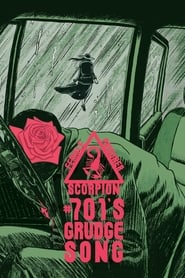 Nami is once again on the...
Nami is once again on the...Female Prisoner Scorpion: #701's Grudge Song 1973
Nami is once again on the run from the law but is saved by an old classmate who works at a strip club. Through a subsequent conversation they discover they both have a score to settle with a particular crooked cop. However, Nami has doubts about ever trusting a man.
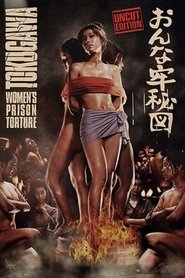 Two women are ferried to a...
Two women are ferried to a...Island of Horrors 1970
Two women are ferried to a small prison colony on the remote and barren prison island, where they and their fellow inmates are forced to perform perilous slave labor along the island’s treacherous cliffs, overseen by both an unforgiving sun and a crew of abusive male wardens. Meanwhile, the arrival of a newcomer among the island’s administrators, a disgraced policeman who is also the son of Nagasaki’s governor, creates dissension between the officials that, along with an untimely outbreak of bubonic plague on the island, ultimately sets the stage for a daring escape attempt on the part of the prisoners.
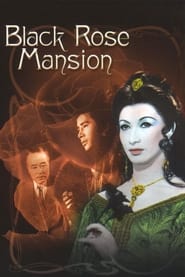 When wealthy Kyohei hires singer Black...
When wealthy Kyohei hires singer Black...Black Rose Mansion 1969
When wealthy Kyohei hires singer "Black Rose" to perform in his exclusive club, he gets more than he bargains for when she attracts scores of homicidal past lovers. The film takes a bizarre twist when Kyohei's son falls victim to the femme fatale's unique charm.
 Kansuke Yamamoto is a samurai who...
Kansuke Yamamoto is a samurai who...Samurai Banners 1969
Kansuke Yamamoto is a samurai who dreams of a country united, peaceful from sea to sea. He enters the service of Takeda, the lord of Kai domain. He convinces Takeda to kill the lord of neighboring Suwa and take his wife as a concubine. He then convinces the widow, Princess Yu, to accept this arrangement and to bear Takeda a son. He pledges them his life. He then spends years using treachery, poetic sensibility, military and political strategy to expand Takeda's realm, advance the claim of Yu's son as the heir, and prepare for an ultimate battle with the forces of Echigo. Has Kansuke overreached? Are his dreams, blinded by love, too big?
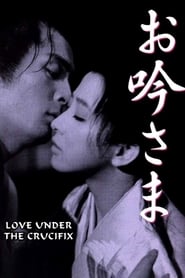 The basic story in Love under...
The basic story in Love under...Love Under the Crucifix 1962
The basic story in Love under the Crucifix is about Ogin, daughter of a tea master, who are both Christians in feudal Japan. Ogin falls in love with a feudal prince, also a Christian who is already married, and that creates problems. Further, when the Shogun bans Christianity, the situation worsens.
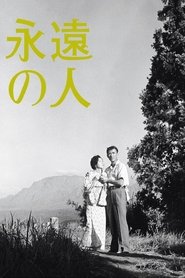 A young woman is forced by...
A young woman is forced by...Immortal Love 1961
A young woman is forced by circumstance into a loveless marriage while still in love with another. This episodic tale follows their story through three decades of bitter conflict which engulfs their children and those around them.

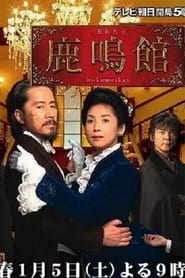
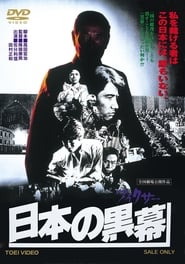 Political fixer Homei Yamaokas misdeeds come...
Political fixer Homei Yamaokas misdeeds come... A film about the construction of...
A film about the construction of... Rokur starts a parttime job on...
Rokur starts a parttime job on... A sexobsessed woman a suicidal man...
A sexobsessed woman a suicidal man... A middleaged factory engineer trains marries...
A middleaged factory engineer trains marries...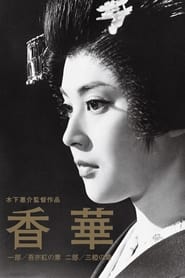 After her mother runs away from...
After her mother runs away from...